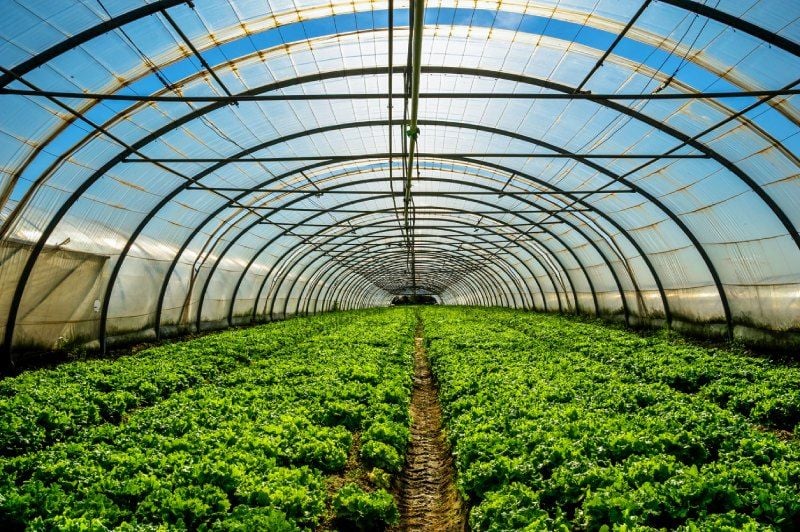How to Build a Temperature-Controlled Greenhouse
)
A well-run commercial greenhouse is essential to help growers maintain healthy crops, improve yield, and protect plants from extreme weather conditions. Every greenhouse relies on four important elements for optimal plant growth. These are air, water, light, and temperature. While they are all crucial for plant development, in this blog, we investigate factors to consider when building a temperature-controlled greenhouse.
Structure and Design
Designing a temperature-controlled greenhouse is greatly influenced by the climate. The structure's covering material must simulate the optimum environment for plants to thrive in. It should protect plants from extreme radiation or fluctuating temperatures that could damage the crops. In colder climates, doors must be well-insulated so that heat won't easily escape.
Heating
The sun provides the best heating source for your greenhouse, however, during the winter months, it may be necessary to utilize heaters to protect delicate plants from freezing. Gardeners can consider various greenhouse heating systems such as radiant systems, unit heaters, or infrared heaters to maintain optimal temperatures.
Cooling and Ventilation
Ventilation is essential to avoid overheating plants and vegetation. It allows for air circulation and for carbon dioxide to be replenished. Commercial greenhouses are often fitted with vents for effective air exchange. Fans are also beneficial to improve airflow. During the winter months, the ventilation system must be configured to avoid cold drafts.
In instances where ventilation is not enough to maintain the right temperature, additional cooling is necessary. Evaporative cooling is a common method that utilizes the heat in the environment to evaporate water from surfaces to create a cooling effect. Fan pads or fog systems are tools that encourage the evaporation of water.
Greenhouse Humidity Control
Gardeners must pay attention to relative humidity. This is the percentage of water vapor in the air at a certain temperature. Warm air typically holds more moisture which is why greenhouses tend to be warm and humid. These are ideal conditions for plant growth because the leaves can absorb water from the air for sustenance. Specific nutrients such as calcium may not be absorbed if there is too much humidity. Low humidity may also mean stunted growth. A delicate balance needs to be maintained, as too much moisture can also lead to the growth of pathogens. A greenhouse humidity control solution is definitely worth the investment.
HVAC Systems
Much like the ones we have at home or at work, greenhouse heating, ventilation, and air conditioning (HVAC) systems incorporate all the necessary means of controlling the temperature within a confined space. Commercial greenhouses rely heavily on these systems to maintain consistent temperature conditions. Modern HVAC systems, like the ones we offer at Cultivate and Equipment, emphasize energy efficiency to lower your power consumption.
A temperature-controlled greenhouse is a long-term investment that allows growers to protect their crops from the harsh elements.
If you are looking for customized greenhouse heating and cooling systems, Cultivate and Equipment, a division of Mabre Corporation, offers HVAC solutions that provide the optimal environment for your crops to thrive. Contact us for a consultation!
| Tags:GreenhouseLatest News |

